

Max Davies
2026 GWM Haval Jolion review
3 Hours Ago
The Kia Niro EV S is the brand's entry-level electric offering that sometimes flys under the radar. Pricing is up, but there's more tech.
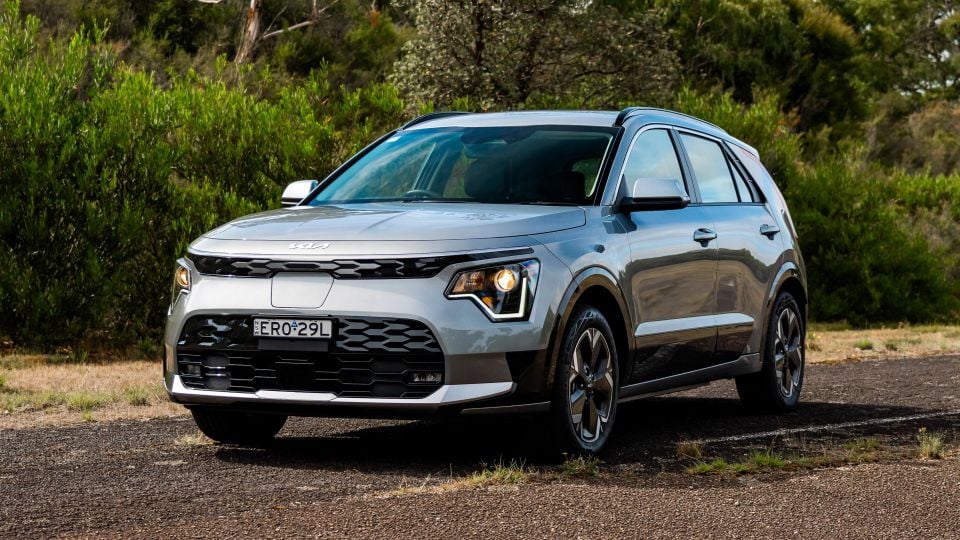
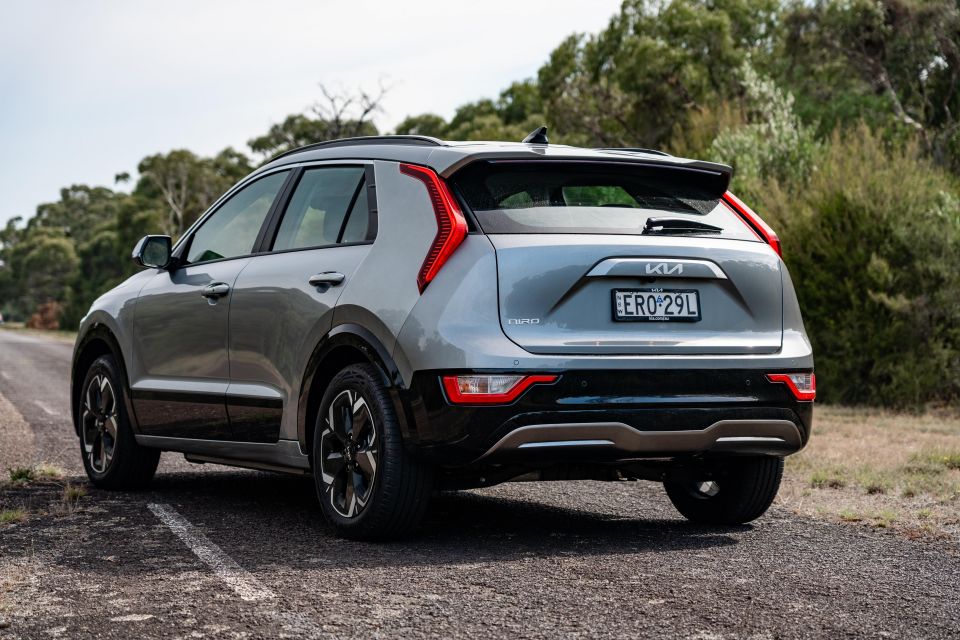

Quickly see how this car stacks up against its competition. Select any benchmark to see more details.
Where expert car reviews meet expert car buying – CarExpert gives you trusted advice, personalised service and real savings on your next new car.
The second-generation Kia Niro has been on sale locally for 12 months now, and it currently acts at the company’s entry-level electrified offering.

Slotting in under the larger and more sophisticated Kia EV6, the Niro EV is available locally in two different trim levels – S and GT-Line. The former is on test here.
Kia Australia recently updated and hiked the price of the Niro EV S for the new model year, swapping its 8.0-inch touchscreen infotainment system for a larger 10.25-inch touchscreen unit. For context, we have the pre-update model.
This larger 10.25-inch touchscreen infotainment system not only brings satellite navigation, but also the Kia Connect telematics system which adds emergency calling, remote control, vehicle status monitoring functions, and AI voice commands with natural voice recognition.
The Kia Connect suite uses an onboard modem and Optus SIM. It was previously reserved for the flagship HEV and EV GT-Line variants.
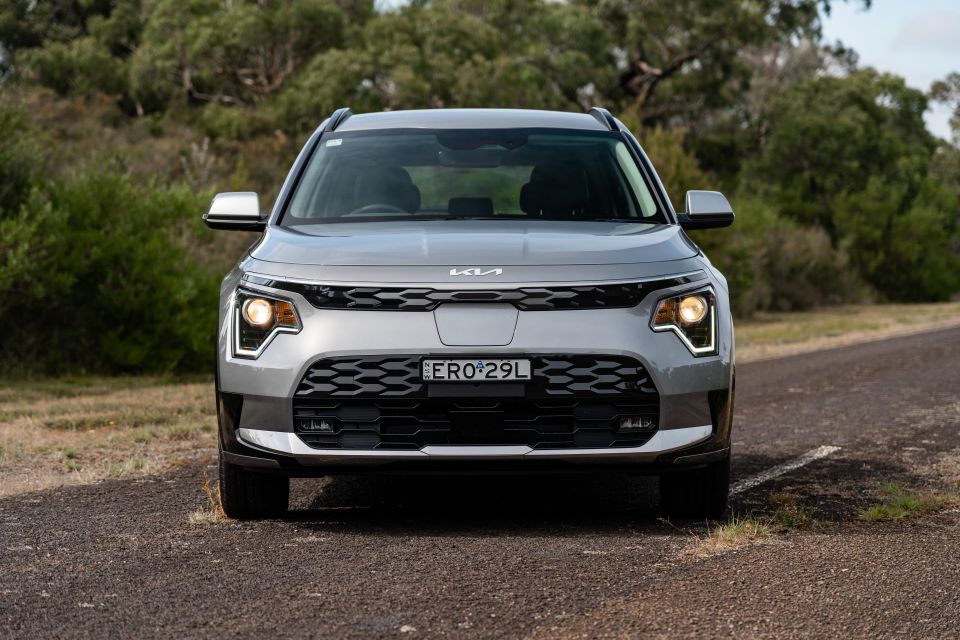
It’s worth noting the Niro EV S on test here is a pre-update model that still has the smaller touchscreen with no satellite navigation or Kia Connect functions.
Competition in the Australian EV market is continually heating up with new entrants seemingly popping up every day. How does the Kia Niro EV S stack up?
There are a total of four variants in the 2023 Kia Niro range, with two hybrid and two electric variants.
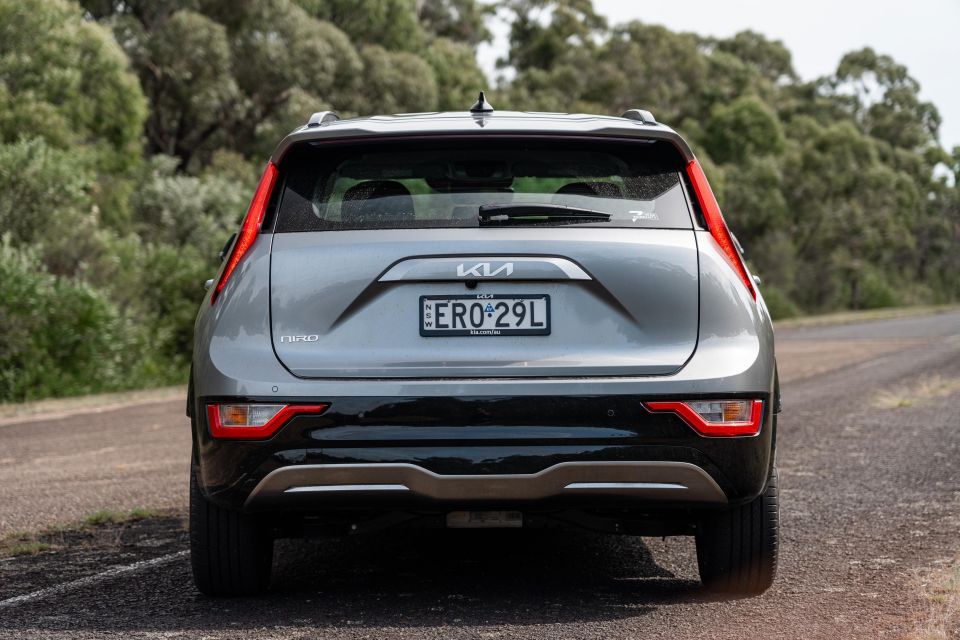
The Niro EV S, as tested, is now priced from $66,590 before on-road costs following a recent $1290 price rise.
Our tester was finished in Steel Grey metallic paint which costs an additional $520, bringing the total to $67,110 before on-roads or $72,861 drive-away for Victorian buyers (each state has different taxes).
Similarly priced EVs include:
All prices are before on-road costs and incentives.
It’s worth noting the Niro EV S isn’t much cheaper than the Hyundai Ioniq 5 Dynamiq ($72,000) and Kia EV6 Air ($72,590) that are both built on the dedicated electric E-GMP architecture and have a more sophisticated 800V electric architecture that unlocks quicker DC charging rates.
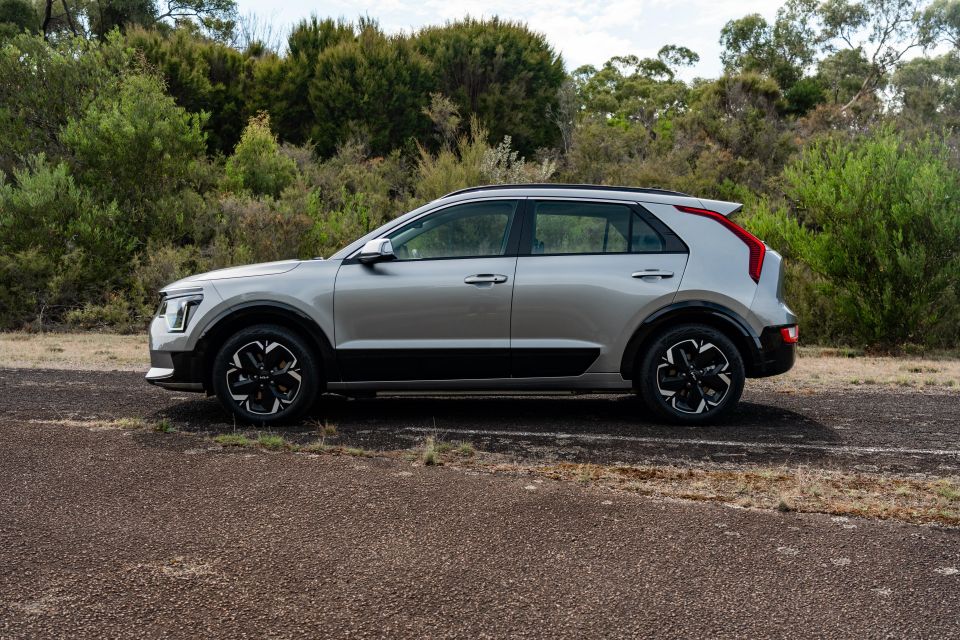
There are also plenty of EVs that considerably less than the Kia Niro EV S, with the vehicle that stands out the most being the Tesla Model 3 RWD ($57,400).
Other more affordable EVs that are similar size include the BYD Atto 3 Extended Range ($51,011), Cupra Born ($59,990), MG ZS EV ($55,990), Nissan Leaf e+ ($61,490), Peugeot e-2008 GT ($59,990), and the Volvo EX30 Single Motor Extended Plus ($59,990). All prices exclude on-road costs and incentives.
Buy your new car without the stress. It's fast, simple and completely free.

Great service from Travis and team, second time I have used this business would not hesitate to recommend them to anyone
Craig C.
Purchased a Ford Ranger in Sunshine Coast, QLD
CarExpert helped Craig save thousands on his Ford Ranger, now let us save you on your next new car.
Find a dealWalking up to the Kia Niro EV S you’ll be presented with the side mirrors swinging into position and a tiny light in the door handle.
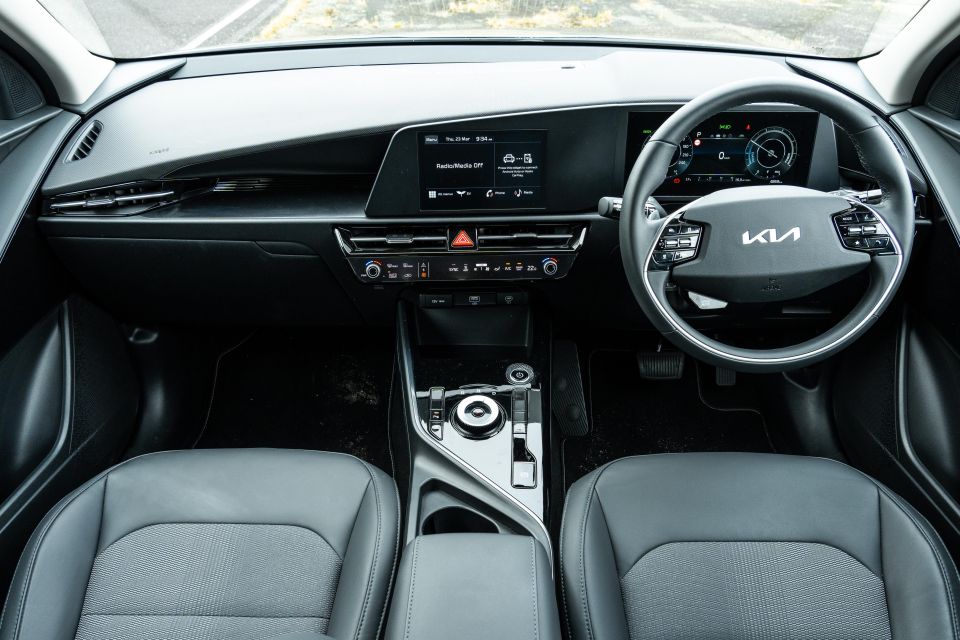
After opening the driver’s door, one of the first things you’ll notice are the door panels are quite high and connect up with the height of the dashboard. Despite this there are still large windows which make the car feel airy.
The seats in the Niro are upholstered in a combination of leatherette and fabric. They’re arguably one of the car’s best features as they’re extremely comfortable on long drives. The headrests are super squishy too.
The driver’s seat has eight ways of electric adjustment with two-way power lumbar support, which allows you to dial in the perfect position.
Now if you haven’t already noticed, the interior of the Niro very clearly resembles that of the EV6. This is most noticeable with the steering wheel as it has two spokes and a prominent drive mode button.
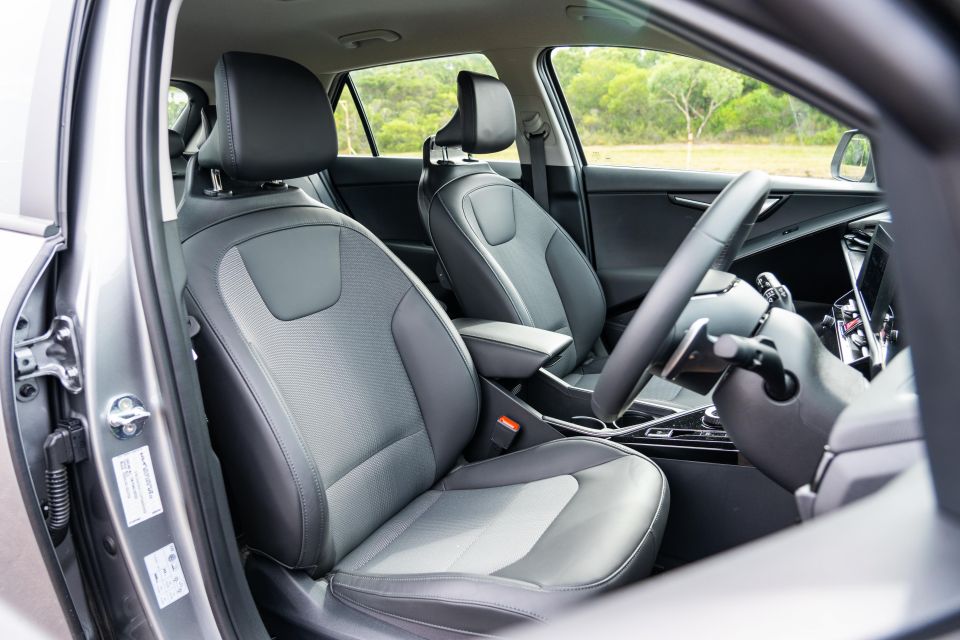
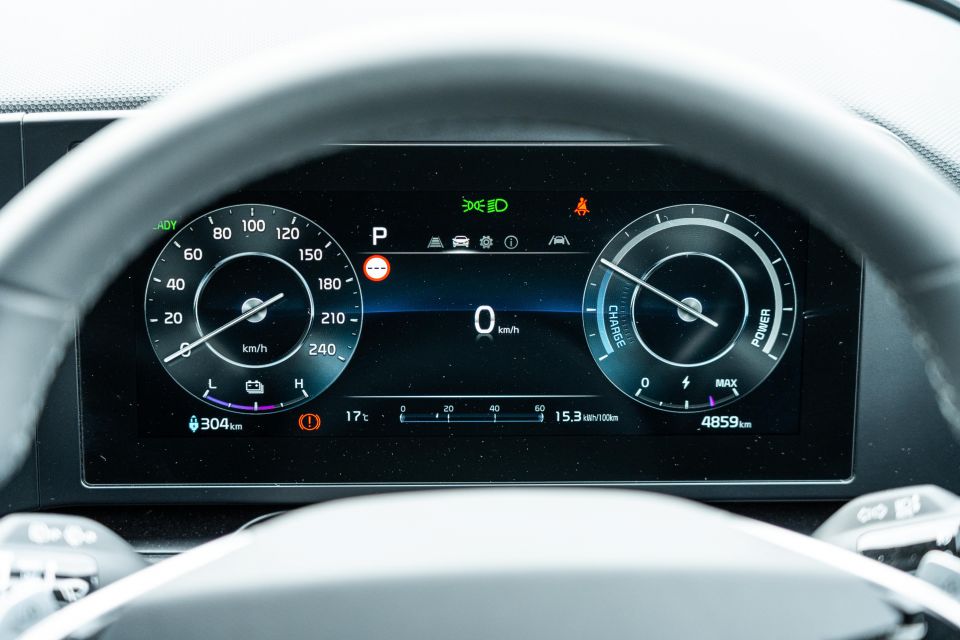
It’s worth noting the steering wheel is quite large and it’s easy to forget which side the volume and cruise control buttons are located. If you’re not careful you’ll be speeding up instead of cranking your favourite tune.
Behind the steering wheel is a proper 10.25-inch digital instrument cluster, which is nice to see given the equivalent Niro Hybrid gets a 4.2-inch colour trip computer sandwiched between to alarm clock-looking LCD displays.
This 10.25-inch digital instrument cluster will feel familiar to you if you’ve driven other Kia vehicles, with it displaying a fair bit of content that can be cycled through.
Something to keep in mind is you can’t display the digital speed and full economy page on the digital instrument cluster at the same time.

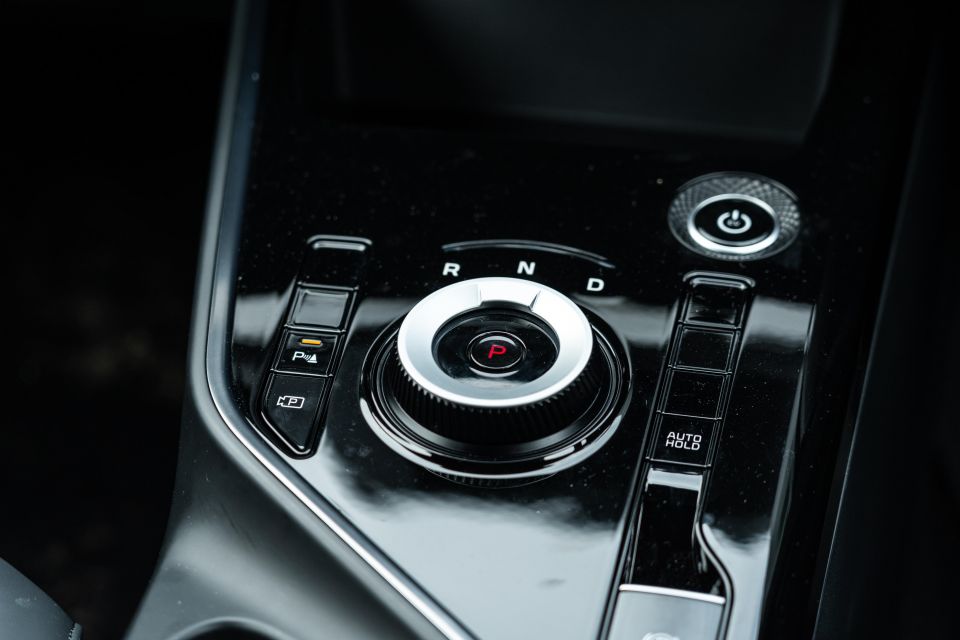
Beside the digital instrument cluster is a puny-looking 8.0-inch touchscreen that’s surrounded by an ocean of matte black plastic. Thankfully the larger 10.25-inch unit from the GT-Line is now standard on the Niro EV S.
I did have quite a number of connectivity issues with wireless Apple CarPlay in our pre-update tester. Sometimes the touchscreen would say my phone was unresponsive, and other times I’d get a black screen.
It’s worth noting given the Niro EV S now receives the 10.25-inch touchscreen it doesn’t get wireless Apple CarPlay and Android Auto anymore, and instead picks up wired versions of both exclusively.
The Niro EV S also receives satellite navigation and the Kia Connect suite, including emergency calling, remote control, vehicle status monitoring functions, and AI voice commands with natural voice recognition with the model year update.
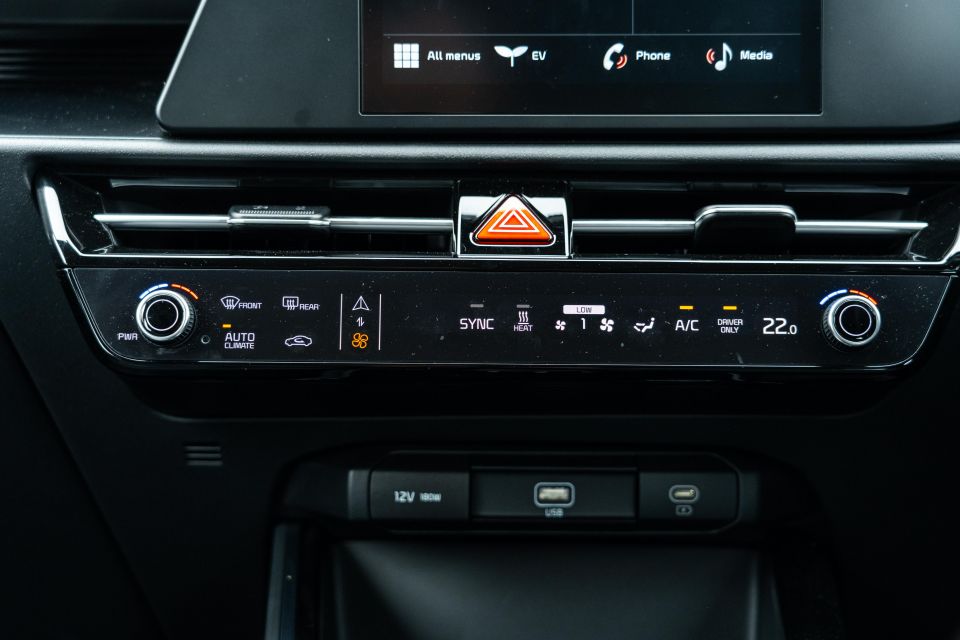
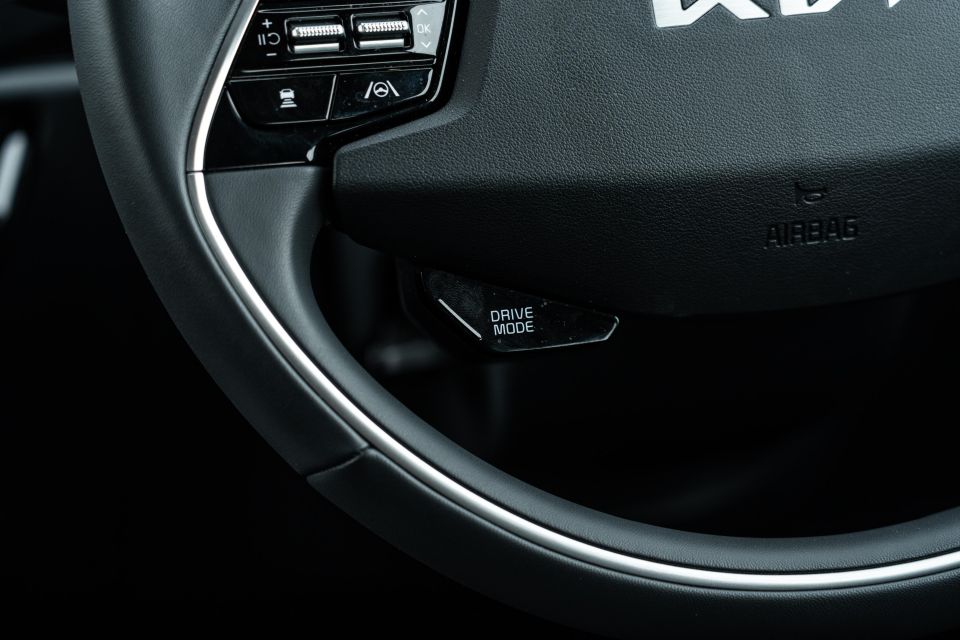
An aspect of the interior that takes a while to get used to is the toggle-able HVAC and media control panel that sits below the touchscreen. It looks quite classy, unlike the touchscreen, and once I got used to the operation it became second nature.
The Niro EV S has an unbranded six-speaker sound system that sounds adequate, though it’s definitely not a stand out.
Something to note with the sound system is you have to have the volume up really high, think 30 to 40, in order to be able to hear whatever music you’re listening to. In my case that’s been Kim Petras’ new album on repeat.
The armrest padding in the Niro EV S is quite soft and supple, whereas the rest of the plastics are absolutely rock hard. There’s also a large smattering of piano black which got quite filthy after just a week.

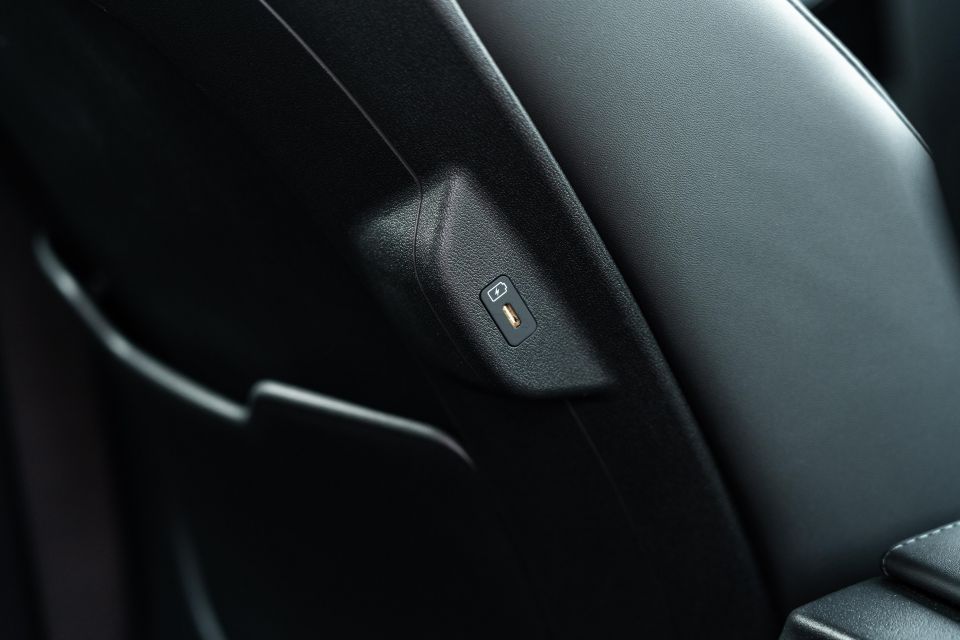
The largest amount of piano black is on the centre tunnel which houses the rotary gear selector. Its operation feels logical and easy to use.
On the centre tunnel there are also some retractable cupholders and some blanks buttons that show you’ve cheaped out with the basey.
Moving to the second row there’s a noticeable step down in quality with rock-hard door armrests, however, there’s a fold-down centre armrest that’s soft.
At a leggy 182cm there’s plenty of space in the second row and this is made even better as there’s a completely flat floor. You’ll notice if you go around a bend though that there’s a lack of side bolstering.
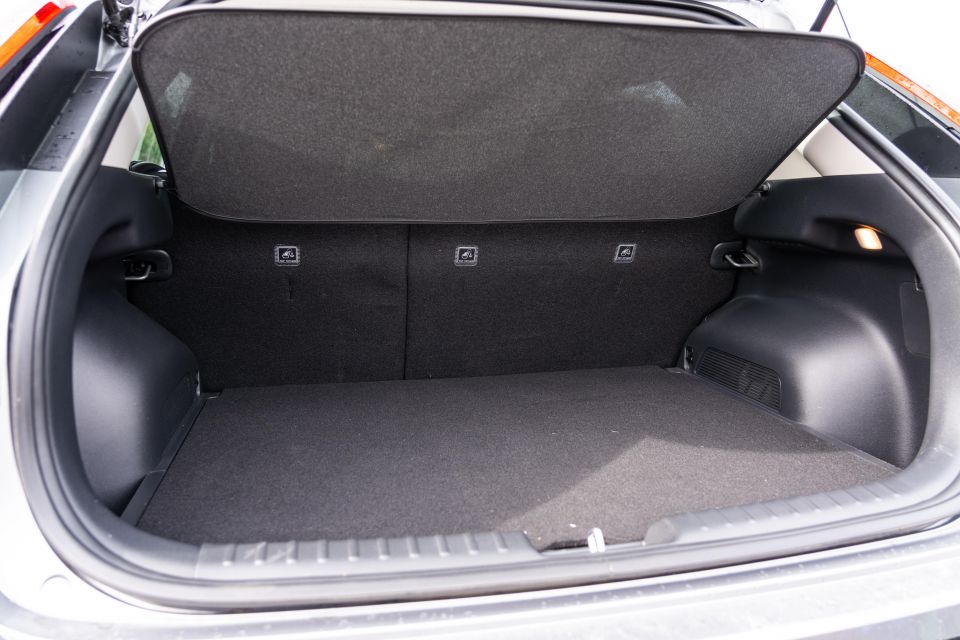
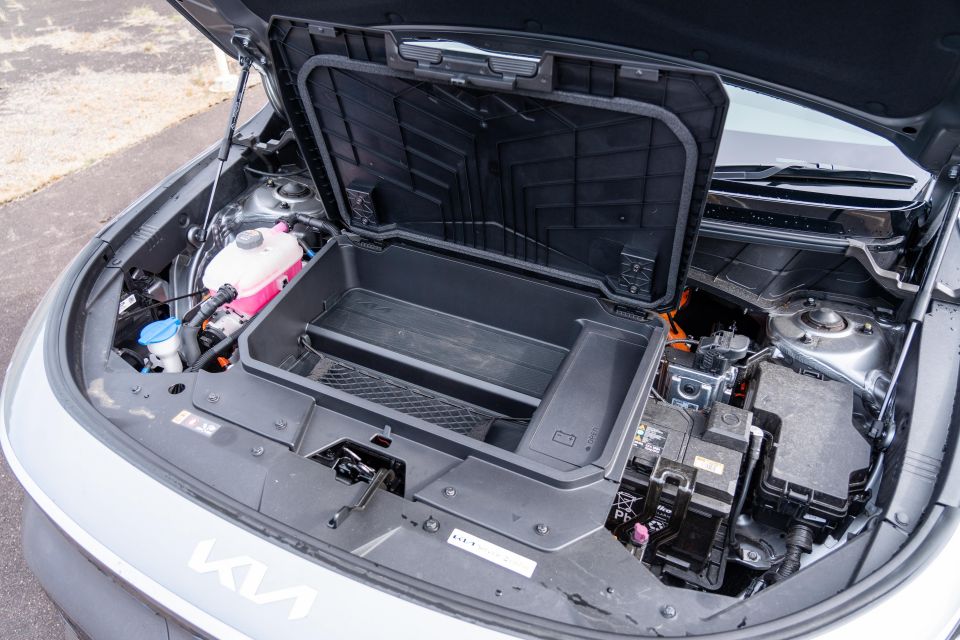
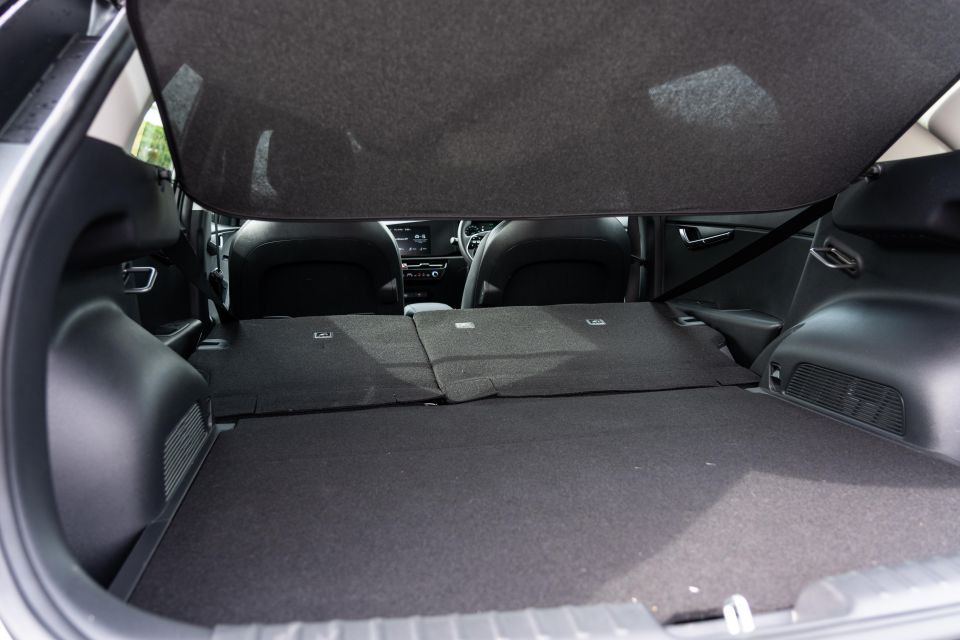
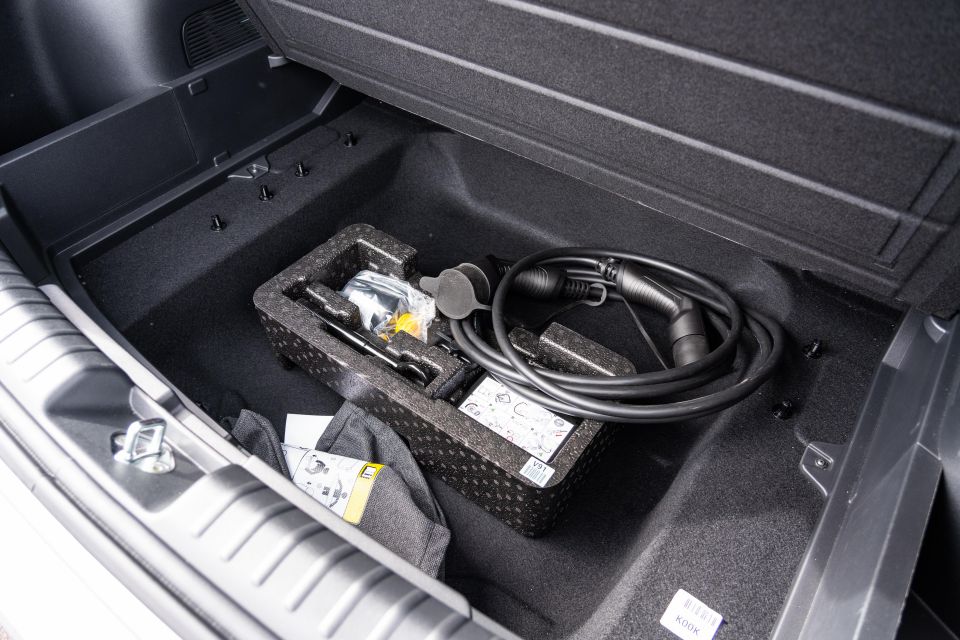
In terms of second-row amenities there are air vents on the back of the centre console, USB-C ports on the seat backrests, as well as a singular map pocket on the front passenger seat.
A highlight of the second row is the interior vehicle-to-load (V2L) port under the seat base which can charge household appliances and has a maximum AC output of 250V and 16A.
The Niro EV’s boot space measures in at 475 litres with the rear seats upright, and expands to 1392 litres with them folded. There’s more space under the boot floor where a spare tyre would typically be, as well as a tiny storage space under the bonnet.
The 2023 Kia Niro EV is powered by a single front-axle mounted electric motor producing 150kW of power and 255Nm of torque, fed by a 64.8kWh lithium-ion polymer battery pack. It’s claimed to do the 0-100km/h sprint in approximately 7.8 seconds.
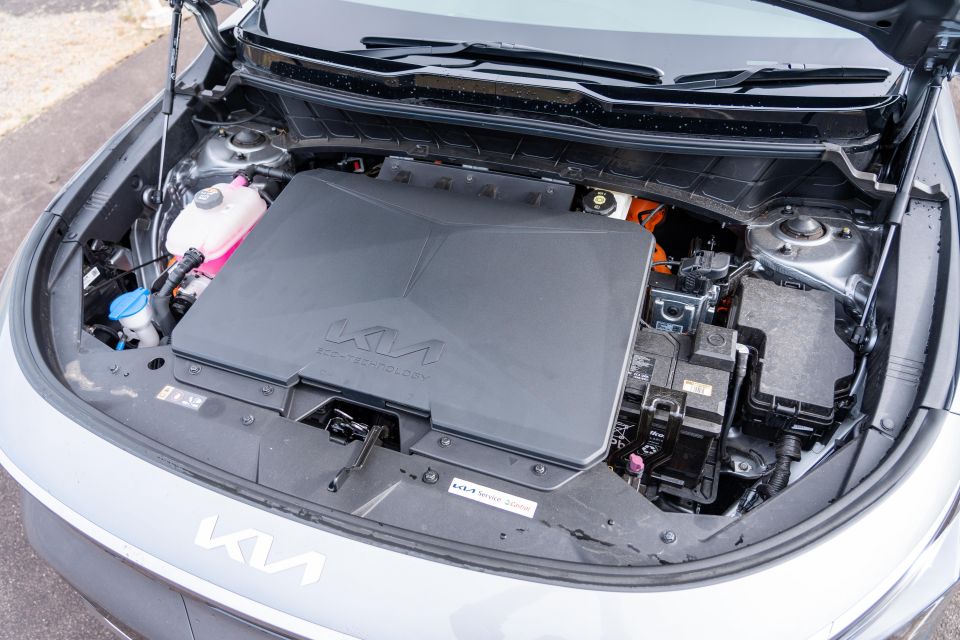
The Niro EV has a claimed range of 460km according to WLTP testing, with a claimed combined energy consumption figure of 16.2kWh per 100km. Over almost 1300km I was able to beat Kia’s energy consumption claim for the Niro EV with an average consumption of 15.9kWh per 100km.
In and around the city I noticed consumption sometimes dipped to around 12 to 13kWh per 100km, which is among class-leading energy consumption figures capable by the likes of the Tesla Model 3 and Model Y.
The Niro EV has a 400V electrical architecture and a maximum DC fast-charging rate of 80kW. Kia claims when plugged into a 350kW charger it can charge from 10 to 80 per cent in 43 minutes.
It also has a maximum AC charging rate of 11kW. Kia claims when plugged into a three-phase 11kW charger the Niro EV can charge from 10 to 80 per cent in 6 hours and 20 minutes.
Hopping into and turning on the Kia Niro EV S you’ll need to push a button on the centre tunnel. The button even says you’re turning on an ‘EV’.
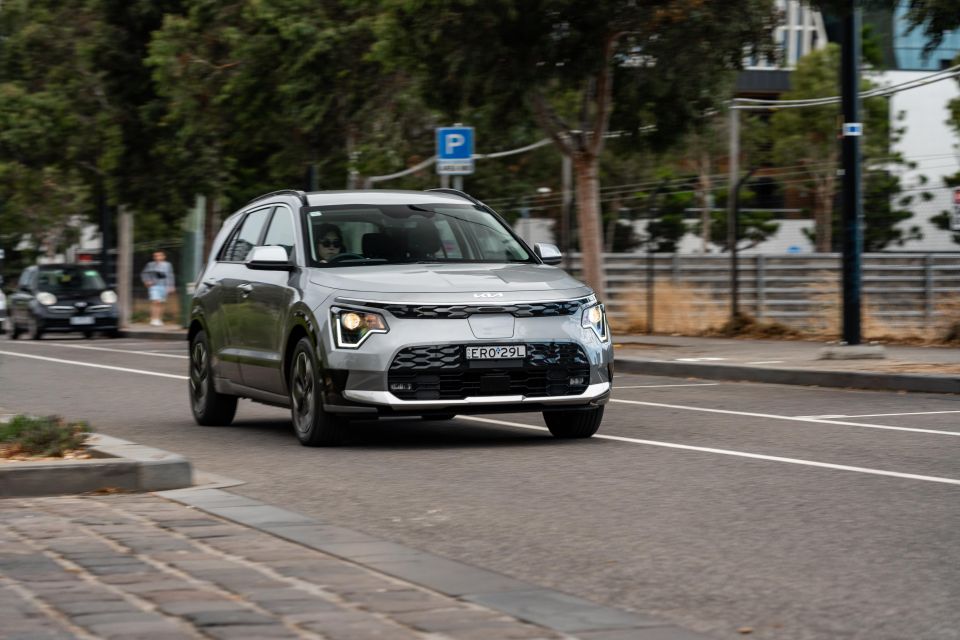
You’ll know you’re ready to go as the digital instrument cluster flashes up a ‘READY’ icon.
The Niro EV’s single electric motor with 150kW and 255Nm provides adequate power and torque, and allows the crossover to keep up with traffic completely fine. The way the power is delivered is extremely linear.
If you punch the throttle the Niro EV will get ahead of traffic at the lights with ease. EVs have an inherit surge of torque at low speeds because all their torque is available from standstill.
This latest-generation Niro doesn’t produce quite as much torque as the old model which means you won’t be spinning the front tyres anywhere near as often. If you’ve driven the old Niro or Kona Electric you’ll know exactly what I’m talking about.
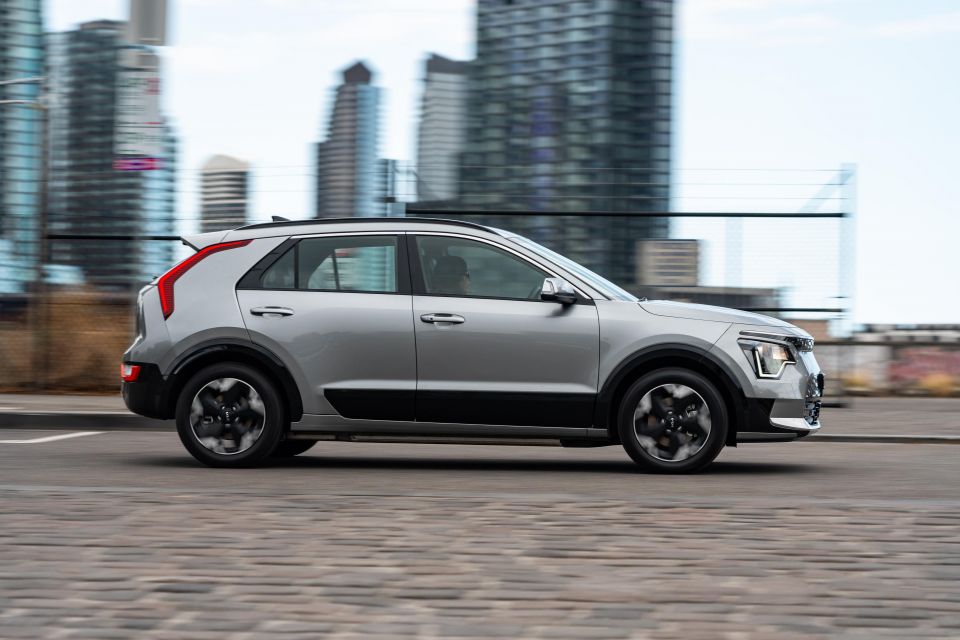
Where expert car reviews meet expert car buying – CarExpert gives you trusted advice, personalised service and real savings on your next new car.
At city speeds the Niro EV feels quite nimble with noticeable whirs from the electric motor able to heard from within the cabin.
The electric crossover has a very tight turning circle, though the bonging exterior noise it makes when reversing is quite comical. The reversing camera quality isn’t the best either.
The Niro EV has an i-Pedal drive mode that’s claimed to be a “one pedal driving function”, and allows the car to come to a complete stop without touching the brake pedal.
The i-Pedal mode is a great way to milk as much regenerative braking as possible and should really be the default driving mode. Instead you frustratingly have to activate it with the left paddle shifter every time you drive the car.
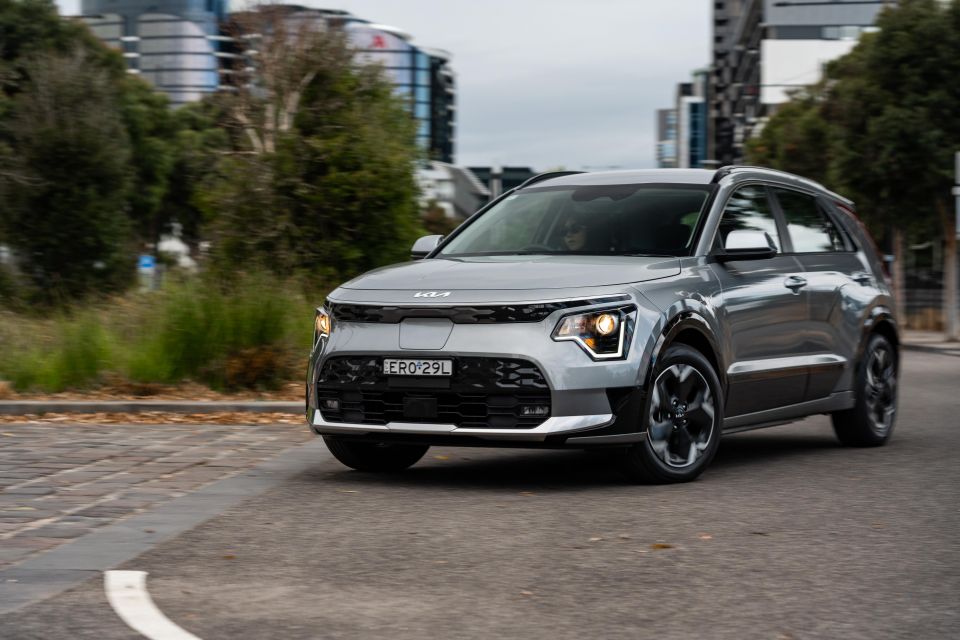
What’s even worse is when you’re in i-Pedal mode and come to a standstill, the brake lights don’t activate. They are on when the entire time the Niro EV is slowing down, but as soon as you’ve stopped they switch off.
If you want the brake lights to be on when you’re stopped you need to put your foot on the brake, which completely defeats the point of having a one-pedal driving function. This also creates the dangerous scenario of a car not knowing you’re stopped and someone potentially rear-ending you.
Beyond the i-Pedal driving mode, there are three levels of regenerative braking that can be toggled between with the paddle shifters, as well as an ‘Auto’ mode that regulates the amount of regenerative braking depending on the speed you’re travelling as well as the speed and distance of a vehicle ahead of you via the front radar sensor.
All of these other driving modes require you drive the Niro EV more like an internal-combustion engined (ICE) vehicle as the car requires the brake pedal to stop. It will also creep if you take your foot off the brake.
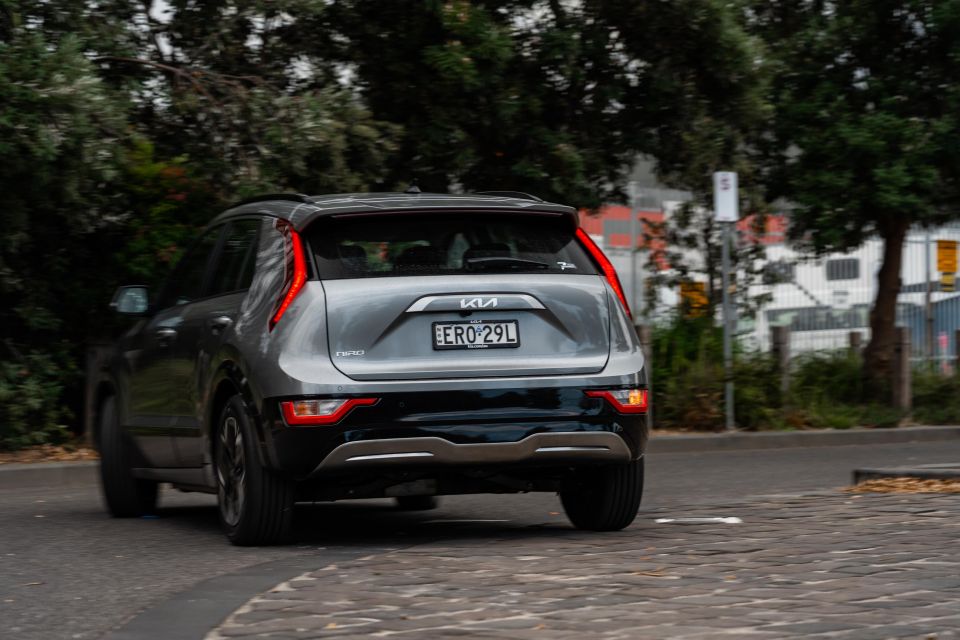
It’s evident the Niro EV’s suspension tune has been dialled more towards comfort, though it doesn’t feel anywhere near as floaty as the previous-generation model.
When you dial up the speed in the Niro EV it feels a lot more stable than its predecessor and it doesn’t feel like it’s going to fall over itself at any given point.
Despite this, the Niro EV still feels like it’s more at home in the city than out on the open road.
When getting up to highway or freeway speeds the electric crossover its acceleration begins to taper off and become more leisurely. There’s still plenty of punch if you need to overtake though.

During my time with the Niro EV I spent a considerable amount of time with on regional freeways and highways. Energy consumption was noticeably higher when travelling at 100-110km/h, but this is to be expected because this is when EVs are at their least efficient.
I also charged up the car at some public 350kW DC fast-chargers which was an annoying wake-up call. The Niro EV only has a 400V electrical architecture and a peak DC fast-charging rate of 80kW which I wouldn’t necessarily call rapid.
The EV6 for context has an 800V electrical architecture and a considerably quicker 350kW maximum DC fast-charging rate.
Kia Australia claims the Niro EV can charge from 10 to 80 per cent in 43 minutes when plugged into a 350kW DC fast-charger, whereas when the EV6 is plugged into the same charger it only takes 18 minutes. This is almost 1.5 times quicker.
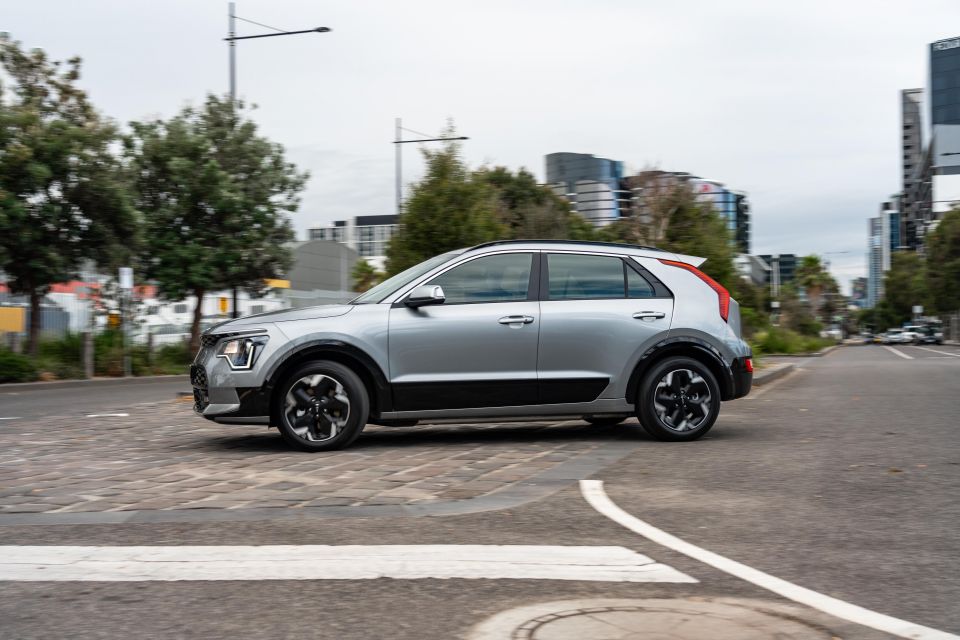
I understand a number of EV buyers don’t charge their cars on public charging networks but it is frustrating when you are needing to use them and are waiting for the car to reach the desired charge percentage.
Something a little funny about charging up the Niro EV is it plays a ‘start charging’ message through the external speaker when the charging session begins. The message repeats itself if you lock or unlock the car too.
The ‘start charging’ message is just loud enough that people will turn around and look. It’s up to you if this is a bad thing or not.
The Niro EV’s adaptive cruise control is very natural in the way it deals with cars pulling in ahead of you. It doesn’t slam on the brakes as soon as it can detect a car ahead.

It’s worth noting, however, that when you’re in the i-Pedal drive mode and activate or deactivate cruise control there’s a noticeable lurch as the one-pedal disengages or reengages. This isn’t present on any other regenerative braking mode.
I can’t finish this section without mentioning the Niro EV S only comes with halogen headlights. This is absolutely ridiculous on a car that costs more than $70,000 drive-away in Victoria.
They immediately cheapen the car’s exterior, especially when they’re paired with LED daytime running lights and front fog lights.
The halogen headlights are considerably duller than the GT-Line’s LED projector headlights as well, though I found on pitch black roads my eyes eventually adjusted.
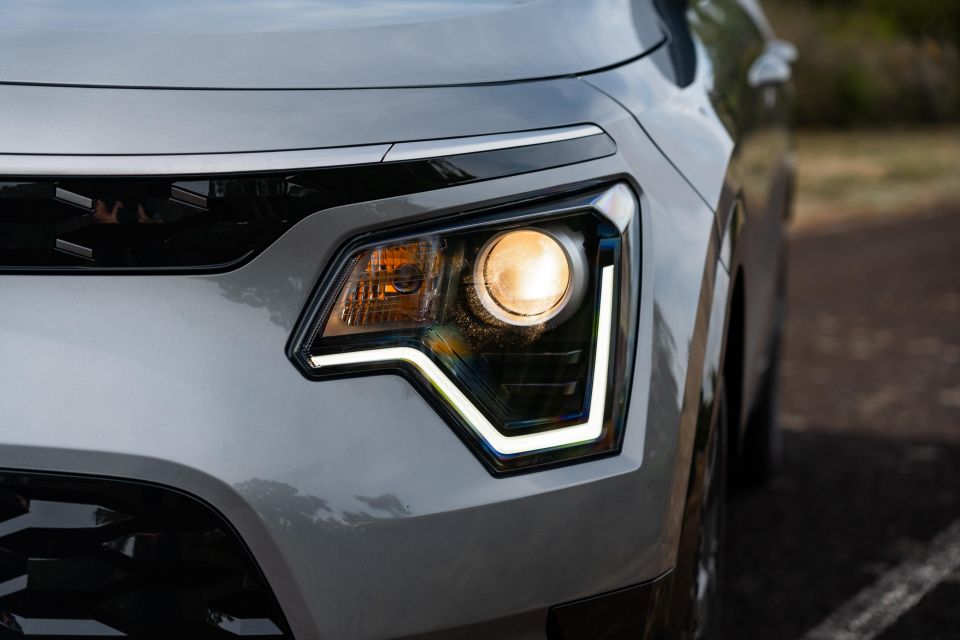

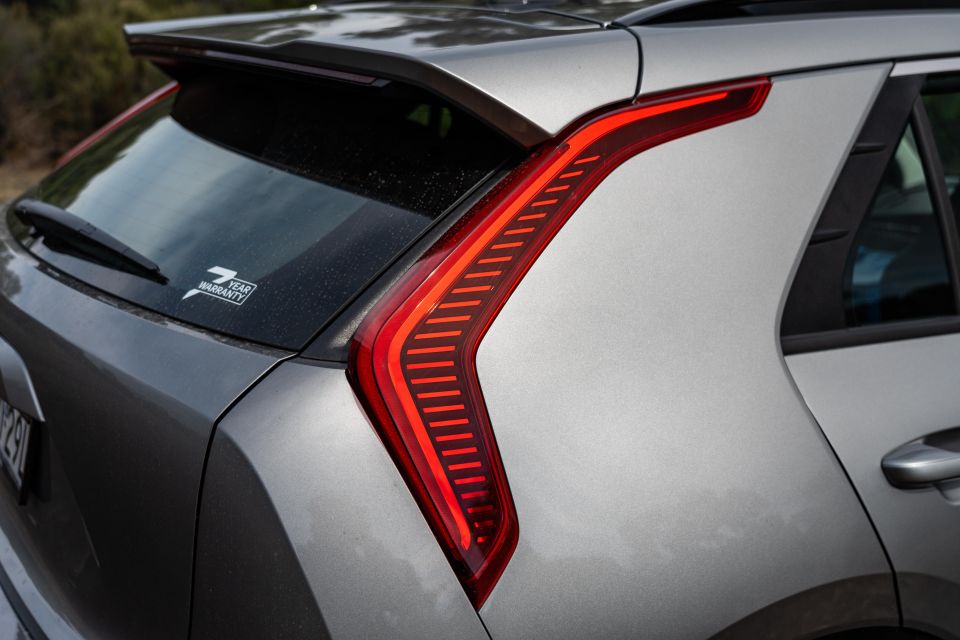

Niro EV S highlights:
Exterior
Interior

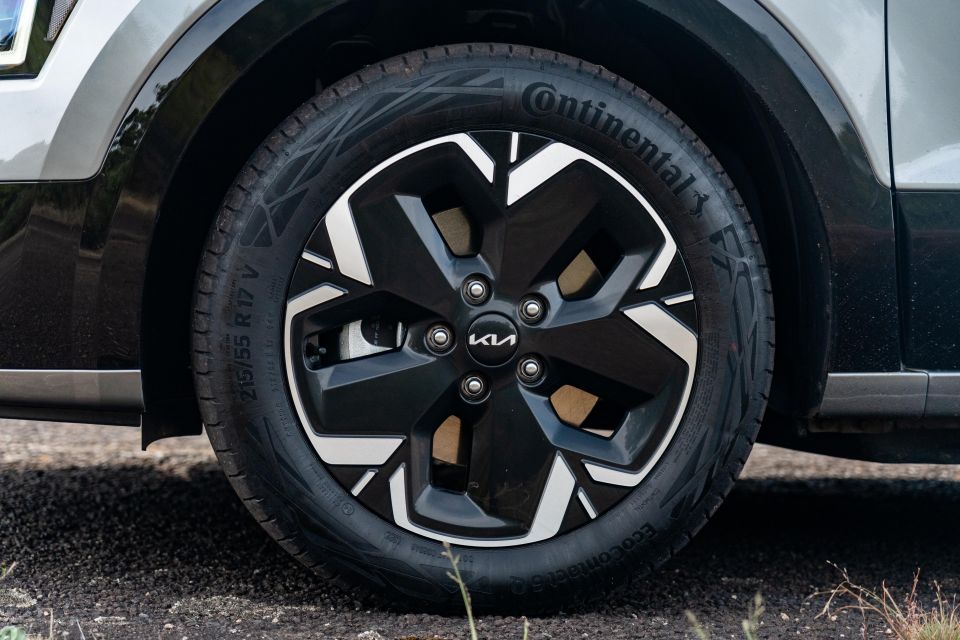
Niro EV GT-Line adds:
The current-generation Kia Niro was awarded a five-star ANCAP safety rating in 2022 with testing drawn from Euro NCAP.

It received an adult occupant protection rating of 88 per cent, a child occupant rating of 84 per cent, a vulnerable road user protection rating of 76 per cent, and a safety assist of 87 per cent.
Standard safety features include:
Niro GT-Line adds:
The Kia Niro EV S recently received an update which brought Kia Connect, previously reserved for GT-Line models. Additional features include emergency calling, remote control, vehicle stats monitoring functions, and AI voice commands with natural voice recognition.
The Kia Niro is covered by a seven-year, unlimited-kilometre warranty, while the high-voltage battery is covered by an seven-year, 150,000km warranty.

Logbook servicing is required every 12 months or 15,000km, whichever comes first.
Kia Australia currently offers a three-, five- or seven-year service plan for the Niro EV which is priced from $706, $1351 and $1997, respectively.
This works out to be roughly between $235 and $285 per service, depending on which plan you pick.
The Kia Niro EV S is a great little package that would make perfect sense as someone’s first electric vehicle, if it wasn’t priced from over $70,000 drive-away.
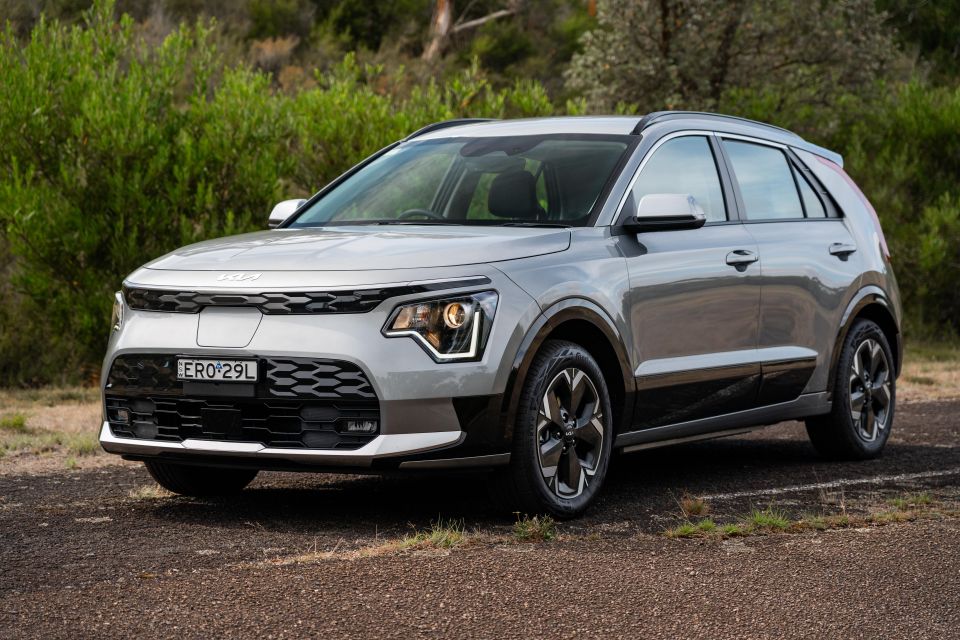
The South Korean carmaker has done a great job making the second-generation Niro look and feel more modern inside and out, retaining its close to segment-leading energy consumption. It rides better and is even comfier too.
At $66,590 before on-roads, however, the Niro EV S is priced well out of contention for many buyers. It’s even more expensive than the top-selling Tesla Model 3 ($57,400 before on-roads) and Model Y ($65,400 before on-roads).
The Niro EV S also misses out on safety features including rear AEB and front parking sensors. The former can be life-saving for those with children who could potentially run behind the car.
If you’re really after a Niro EV I’d recommend going all-out and opt for the top-spec GT-Line, because not only do you pick up all the safety equipment, but you also get more luxury features and proper LED headlights.
Something else I’d recommend is shopping around and test driving some other EVs, because there are definitely other options that are not only cheaper, but are also better equipped and offer quicker charging rates.
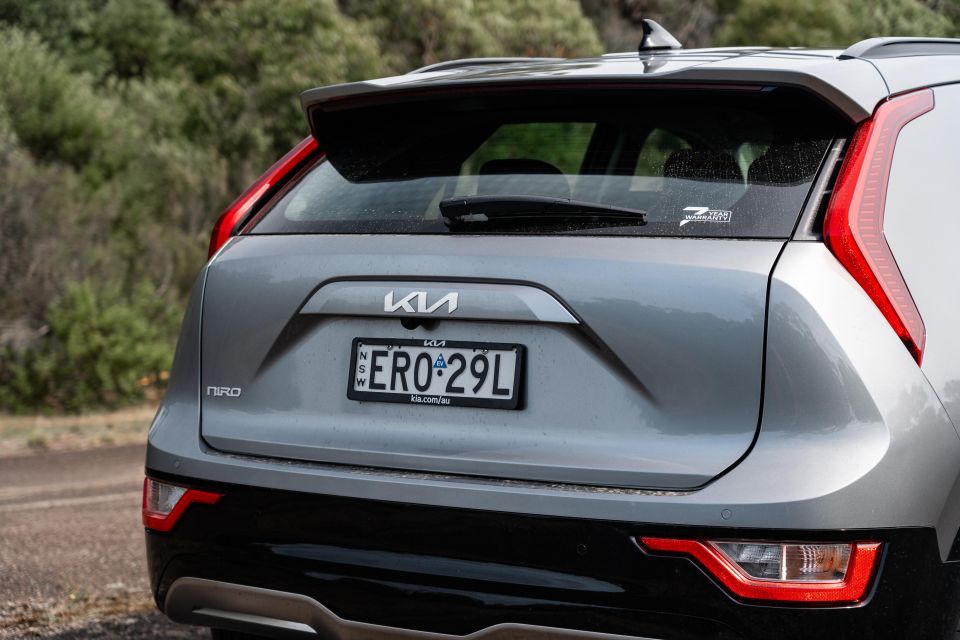
Click the images for the full gallery
MORE: Everything Kia Niro
Where expert car reviews meet expert car buying – CarExpert gives you trusted advice, personalised service and real savings on your next new car.
Jack Quick is an automotive journalist based in Melbourne. Jack studied journalism and photography at Deakin University in Burwood, and previously represented the university in dance nationally. In his spare time, he loves to pump Charli XCX and play a bit of Grand Theft Auto. He’s also the proud owner of a blue, manual 2020 Suzuki Jimny.


Max Davies
3 Hours Ago


Damion Smy
11 Hours Ago
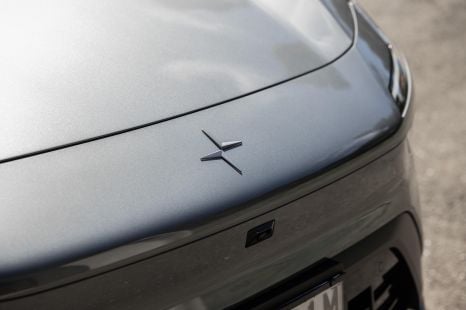

Damion Smy
12 Hours Ago


Damion Smy
14 Hours Ago
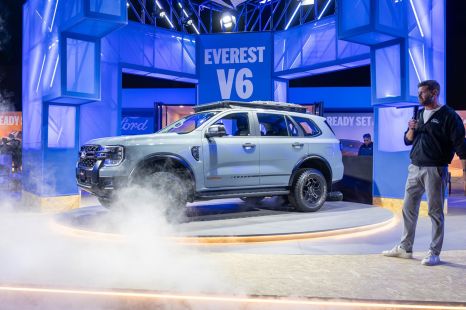

Damion Smy
16 Hours Ago


CarExpert.com.au
17 Hours Ago